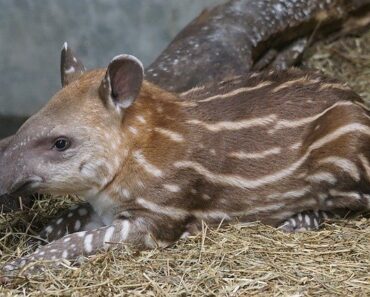
Many things we take for granted would be different if insects didn’t exist.
To date, just under one million insect species have been identified, still more than half of the total known species. However, it is estimated that their overall number would be between four and six million, according to the most realistic estimates, and up to eighty million, according to the most fanciful. But because insects are constantly evolving, we will never know their exact numbers.
But that’s not all: if all the insects on the planet were put together, they would weigh more than all human beings. In fact, it is estimated that their total biomass would be 300 times greater than ours. And ants and termites alone would weigh more than all of humanity. These are of course only estimates, since in the absence of reliable data, measurements of insect biomass remain questionable.
What we do know for certain, however, is that insects are characterized by three pairs of legs, two pairs of wings (sometimes tiny or absent) and a body divided into three segments: head, thorax and abdomen. Another common feature is that they change their appearance during their development in a process called metamorphosis.
We also know that many things we take for granted would be different if insects did not exist.
Food chain
Without insects, our food resources would be greatly reduced: without these formidable pollinators, our agricultural development would have been compromised and some products, such as silk and honey, would simply not exist. With very few fresh fruits and vegetables at our disposal, we would suffer from many deficiencies.
The food chain would also be very different: there would be no birds or any of the other animals that feed on insects.
The world would be covered with decaying organic matter.
Even worse: the world would literally be covered with decaying organic matter. The result would be a complete degradation of the soil and all life would disappear.
And if humanity were still alive in spite of all this, our creativity would be shaken. Insects are indeed an inexhaustible source of inspiration for painters, filmmakers and documentary filmmakers, but also for engineers and scientists looking for ways to be more efficient and environmentally friendly in our daily lives.
Survival Mechanisms
The smallest insect identified to date is a parasitic wasp measuring barely 139 micrometers. Like many of its congeners, it is of course not visible to the naked eye. Because insects are found everywhere, even inside seeds, plants, flowers or soil. They can parasitize other plant-eating insects. You can even find insects in insects that parasitize those that eat plants.
They know how to adapt to changes in the environment. While they have well-structured sensory systems comparable to those of vertebrates, they often have extremely short life cycles: Drosophila, aphids and mosquitoes, for example, can grow from egg to adult in less than seven days. They are thus able to evolve much faster than other animals with longer life cycles.
Insects can even be found in insects that parasitize those that eat plants.
This is why insects can become resistant to insecticides so quickly. For example, flies were able to develop resistance to DDT as early as 1947, just eight years after its creation.
Today, insects are exposed to a large number of chemicals. This results in greater selection pressure, allowing them to develop resistance to insecticides even more quickly.
Reproductive benefits
It has long been known that insects have established complex relationships with plants and other insects. In particular, they know how to evolve at the same pace as plants. And this co-evolution has been going on for nearly 360 million years, when the first insects appeared, a period considerably longer than the period between the appearance of the first Homo erectus 2 million years ago.
Their ability to fly is another of their major assets: they can easily colonize new areas, escape danger or reach new food sources. The fastest insect is a horsefly, which can reach 145 km/hour. And the record-breaking wing flapping gnat is capable of up to 1,046 beats per second thanks to asynchronous muscle contractions. In comparison, the record held in the avian world by the flybird is fifty-five beats per second.
Insects are also fortunate to have external, not internal, skeletons. These strong armors serve as an attachment point for muscles and protect them from dehydration and toxins. For the better armed, such as beetles which are among the best developed insects, this exoskeleton provides excellent protection against predators.
For reasons that are still mysterious, beetles are one of the most diverse categories of insects, with thorns and other strange elements that provide them with additional defense and camouflage mechanisms.
Another advantage: insects are capable of radically changing their appearance during their lifetime. In their immature stage, butterflies look like worms. They then transform into nymphs before acquiring wings. Once adults, butterflies and moths eat very little: they often eat only a little water or nectar.
Many adult insects do not even have mouth organs, which is an evolutionary advantage since they do not compete with their offspring for food: they also exploit other habitats, which gives them a significant reproductive advantage.






